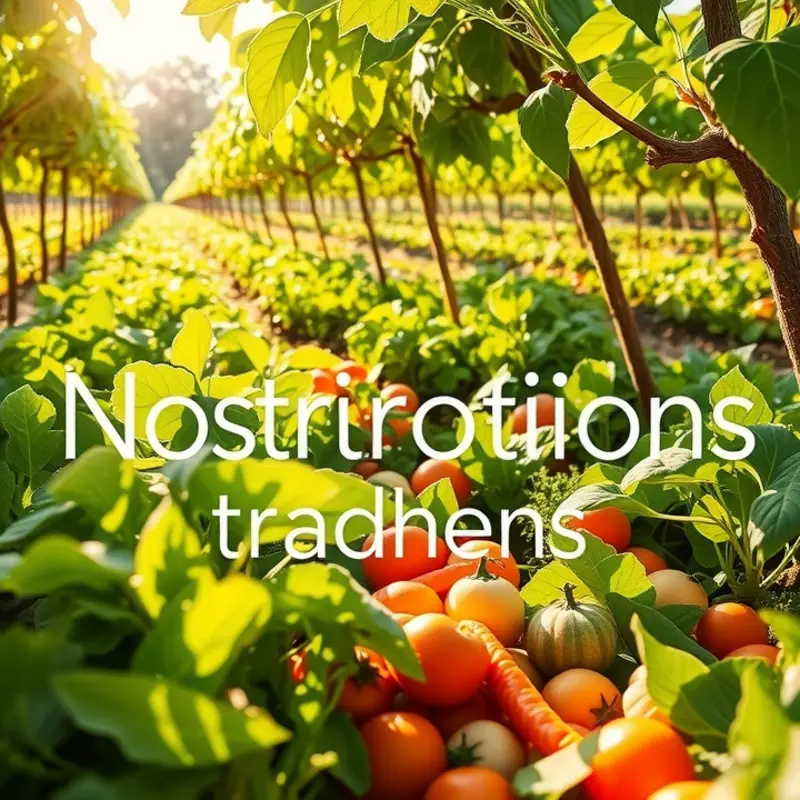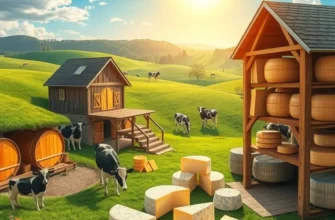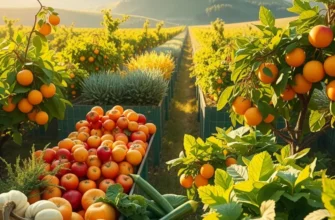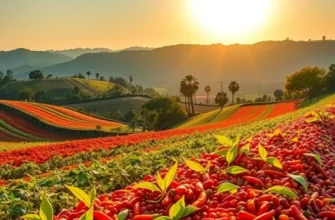Food serves as a powerful connector of cultures and beliefs, transcending borders and traditions. Across the globe, various religions celebrate unique culinary practices that reflect their spiritual values. From the communal Passover Seder in Judaism to the vibrant flavors of Diwali in Hinduism, these sacred meals tell rich stories that bind families and communities together. Discover how these foods not only provide sustenance but also deepen religious experiences, preserving age-old traditions and fostering cultural connections.
The Spiritual Feast: Kosher Traditions in Judaism

Jewish dietary laws, known as kashrut, form a cornerstone of Jewish life. Rooted in the Torah, these laws dictate what is kosher, or fit for consumption, reflecting a deep connection between spirituality and day-to-day life. At its core, kosher practice is about mindfulness and respect, fostering a deeper spiritual awareness in eating habits.
Central to kosher traditions is the separation of dairy and meat. This practice extends beyond food choices; it involves using distinct utensils and cooking equipment. Sharp distinctions in preparation underscore the philosophies within the Jewish faith, embodying discipline and attention to spiritual laws.
Passover, or Pesach, features prominently in Jewish ritual observance. Commemorating the Exodus from Egypt, Passover includes a prohibition against leavened bread. Instead, matzah, a crisp flatbread, symbolizes both hardship and deliverance. During the Seder, a ceremonial meal on the first two nights of Passover, traditional foods like maror (bitter herbs) and charoset (a sweet paste of fruits and nuts) connect Jews to their ancestors’ trials and triumphs.
Hanukkah, the Festival of Lights, also holds special culinary significance. Commemorating the miracle of the oil, Jews celebrate by indulging in foods fried in oil. Latkes, or potato pancakes, and sufganiyot, jelly-filled doughnuts, are iconic treats that symbolize both the miracle that occurred in the ancient Temple and the continuity of tradition.
Kosher ingredients are chosen with care. Beyond religious mandate, there is an emphasis on purity and quality. Foods require thorough inspection before consumption. This diligence is part of an ethical framework where spirituality and ecology intersect, promoting sustainable practices. For example, sourcing ingredients aligns with mindful eating, enhancing the awareness of food’s journey from farm to table. To further explore sustainable practices, you may delve into eco-smart kitchen storage techniques.
The communal aspect of kosher observance cannot be understated. It fosters unity and collective identity, reinforcing bonds through shared meals and celebrations. Within Jewish communities, preparing and sharing kosher meals offer a medium for education and strengthening cultural ties.
Not only does koshering require adherence to dietary rules, it also encapsulates the spirit of Jewish cultural resilience and innovation. Modern chefs reinterpret traditional dishes while remaining true to kosher laws, showcasing Jewish cuisine’s adaptability. From family kitchens to vibrant community events, kosher practices underline a commitment to faith, heritage, and the divine connection through food.
Festivals of Flavor: Hindu Delicacies During Diwali

Diwali, the festival of lights, is an emblem of joy, prosperity, and the triumph of light over darkness. Celebrated across India and by Hindu communities worldwide, this five-day festival is as much about vibrant lights and colorful rangoli as it is about the enchanting array of foods that adorn family tables. Food plays a central role in Diwali celebrations, symbolizing both the abundance bestowed by the goddess Lakshmi and the spirit of sharing.
During Diwali, kitchens are bustling with the preparation of traditional sweets and savory snacks, each bringing distinctive flavors and meanings to the festival’s fabric. Sweets, or mithai, hold a special place in Hindu rituals and daily life, often serving as offerings to deities. Popular Diwali sweets like laddu, barfi, and jalebi are not just delicious bites; they are crafted with devotion. Laddu, made of chickpea flour or semolina, sugar, and ghee, is lovingly shaped into spheres. Its rich texture symbolizes prosperity and is a staple in many Diwali sweets assortments.
Another quintessential confection is barfi, a sweet that comes in myriad variations. From milk solids to coconut and nuts, each type of barfi is meant to delight both the taste buds and the soul. These sweets are often crafted with nuts and cardamom, imparting a warm, festive flavor. Such components not only enhance taste but also narrate tales of tradition and familial love passed through generations.
While sweets are heartily enjoyed, savory snacks balance the festive palate. Namkeen, meaning savory, includes treats like chakli and mathri. Chakli, spiral-shaped and crispy, is made from rice flour and spices, offering a satisfying crunch. Mathri, a deep-fried flaky biscuit, is seasoned with peppercorns and carom seeds. These snacks, served alongside chai, are customary during family gatherings and friendly exchanges.
The culinary traditions during Diwali emphasize community and kinship, with food prepared in abundance to share with neighbors and the less fortunate. Offering food during Diwali is not merely an act of hospitality; it reflects the festival’s core value of generosity. Many households partake in preparing boxes of assorted sweets and snacks, which are then exchanged with family and friends, symbolizing goodwill and strengthening bonds.
Integral to Diwali’s food customs is the concept of ‘Prasad’, which is food offered to the deities before being shared among celebrants. This sacred offering is believed to carry blessings and imbue the festive food with spiritual significance. Such rituals culminate in a joyous reverence for the divine, with prayer ceremonies holding a special spot in every family’s Diwali traditions.
For those keen on understanding how different cuisines evolve with cultural exchanges, exploring culinary influences in trade can be enlightening. The subtle blending of regional ingredients in festivals like Diwali often reflects centuries of shared cultural heritage.
In celebrating Diwali through food, one truly embraces the festival’s essence—a celebration that illuminates lives, strengthens community ties, and grants spiritual fulfillment, adding layers of meaning to each shared meal.
Final words
The culinary traditions tied to global religions present a fascinating tapestry of flavors, rituals, and community bonding. Foods like matzah and gulab jamun are not merely sustenance; they symbolize faith, history, and cultural identity. As food enthusiasts and culturally-curious readers, exploring these sacred flavors offers a profound insight into how culinary practices nurture the spiritual lives and communal ties of diverse societies. Embracing these traditions encourages a deeper appreciation for the interconnectedness of humanity’s culinary journeys, inviting all of us to savor and celebrate the richness of cultural diversity.








